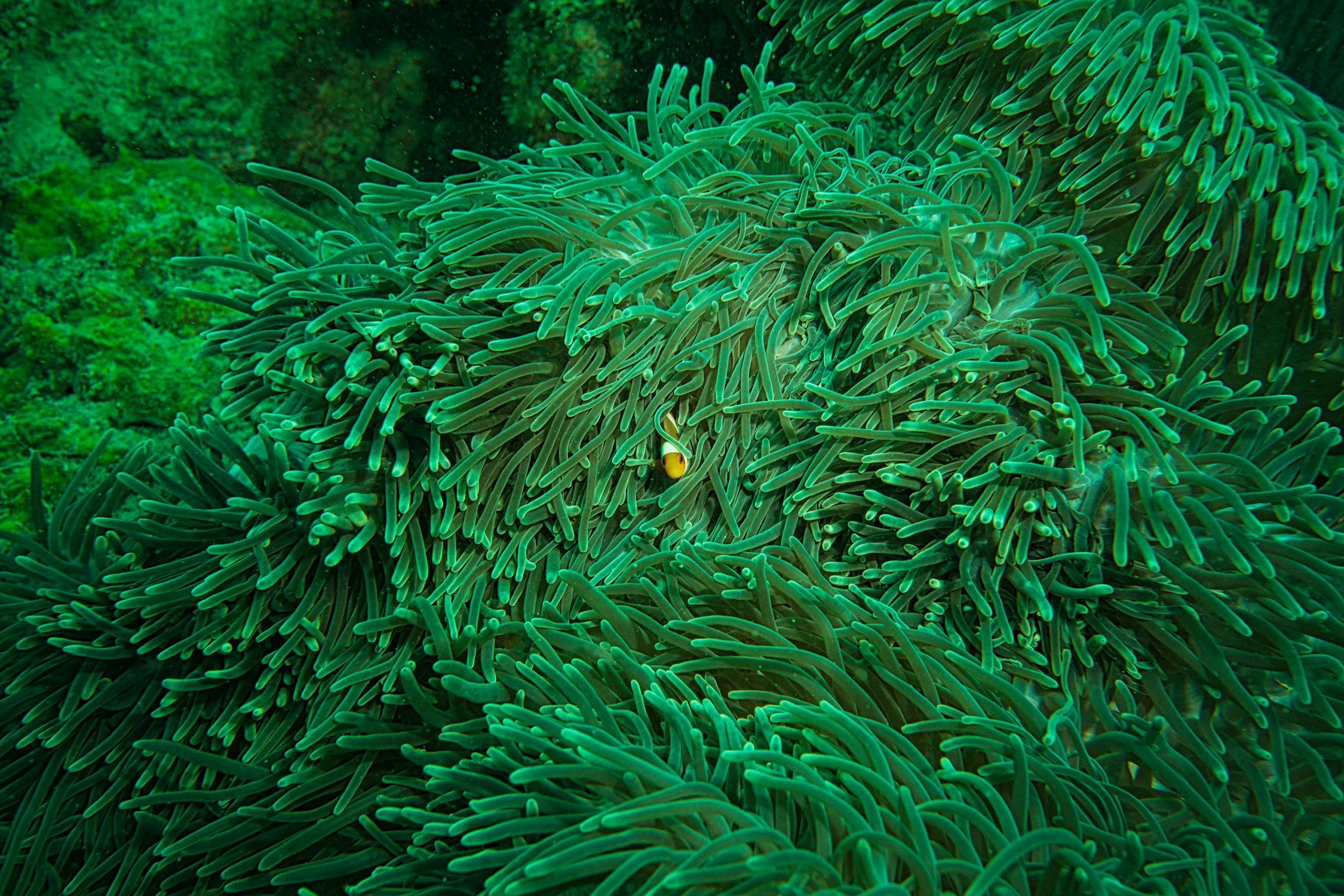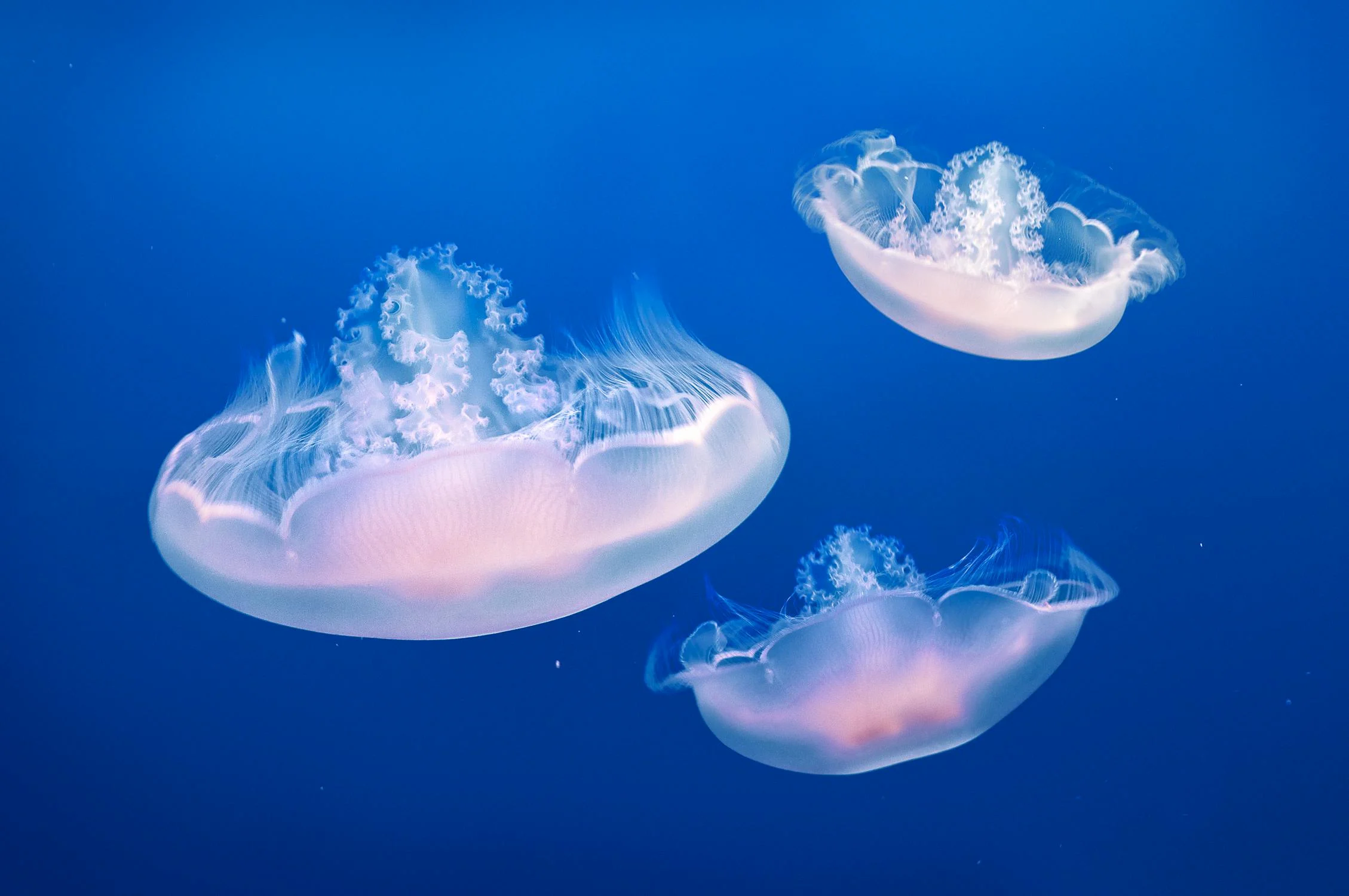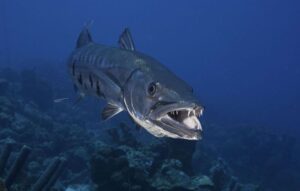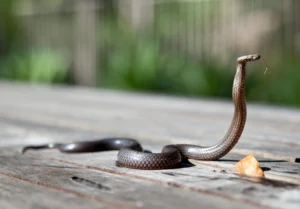The longest-lived animal on Earth.
The animal kingdom has an incredibly long life span that exceeds the average age of man. While humans may have an “absolute limit” of 150 years, this is just a blink of an eye compared to the hundreds and perhaps thousands of years of certain animals; it is even weirder that some animals can stop or reverse the entire ageing process. Here are the 10 longest-living animals:
Bowhead whales

Balaena mesticetus is the longest-lived mammal. The precise life of Arctic and subpolar whales is unknown, but research shows that they live for more than 100 years and may sometimes live for more than 200 years, according to the National Oceanic and Atmospheric Administration. (NOAA).
Whales have mutations in a gene called ERCC1, which is involved in the repair of damaged DNA, which may help protect whales from cancer, a potential cause of death. Moreover, there is another gene, called PCNA, which contains a section that has been repeated. This gene has a role to play in cell growth and repair, and repetition may slow down ageing.
Rocky ruggy.

Stonefish (Sebastes aleutianus) is one of the longest-lived fish, with a maximum age of at least 205 years, according to the Washington Fish and Wildlife Department. These pink or brown fish live in the Pacific Ocean, from California to Japan. It’s up to 97 centimetres long and eats other animals like shrimp and small fish.
The mussel

Margaritifera margaritifera filters the food molecules out of the water. They live mainly in rivers and streams and can be found in Europe and North America. The oldest sea mussel known as sea mussels was 280 years old from fresh water, according to the World Wildlife Fund. (WWF). These invertebrates enjoy a long life thanks to their low dietary representation.
Greenland Shark

Sharks live in Greenland (Somniosus microcephalus), deep in the Arctic Ocean and the North Atlantic Ocean. It can be as long as 7.3 meters and has a diet that includes a variety of other organisms, including fish and marine mammals such as seals, according to the Sharks Observatory in St. Lawrence, Canada.
According to a study conducted in 2016 on shark eye tissue in Greenland, sharks can live at least 272 years. Which makes her the longest-lived vertebrate on Earth.
Tube worms

Tube worms are invertebrates with a long life in a cold and stable deep-sea environment. A study published in 2017 in The Science of Nature found that Escarpia laminata, a type of tube worm that lives on the ocean floor in the Gulf of Mexico, lives for up to 200 years, and some samples live for more than 300 years. Intubation worms also have a low mortality rate with few natural threats, such as the shortage of predators, which has helped them develop for such long ages.
ocean clam

Ocean quahog (Artica islandica) lives in the North Atlantic Ocean, and these saltwater species can live longer than other species with two shells on this list. An ocean coroner was found off the coast of Iceland in 2006, 507 years old, according to the Wales National Museum in the United Kingdom, and the old coroner was named Ming because he was born in 1499, when the Ming family ruled China (from 1368 to 1644).
Coral reefs

Coral reefs look like underwater rocks and color plants, but they actually consist of outer structures of invertebrates called polyps. These benign tumours are constantly multiplying and replacing themselves by creating a genetically identical version, which, over time, leads to a larger and larger growth in the structure of the outer coral reef structure.
Therefore, coral reefs consist of multiple organisms that are identical rather than a single organism, such as sharks in Greenland or ocean oysters, so the age of corals is a collective effort.
Coral reefs can live for hundreds of years or more, but black coral reefs are the longest, and a previous study reported that samples of black coral found off the coast of Hawaii were measured at the age of 4265.
Sponge.

Sponge is made up of animal colonies, similar to coral reefs, and can also live for thousands of years. A glass sponge is one of the longest-lived sponges on earth. The members of this group are often found in the deep ocean and have glass-like skeletons, hence their name, according to NOAA. A 2012 study estimated that the glass sponge of Monorhaphis chuni was about 11,000 years old.
Hydra.

Hydra is a group of small invertebrates with soft objects that are somewhat like jellyfish. They have the ability to live forever. They do not show signs of deterioration or ageing as they age.
These invertebrates are largely composed of stem cells, which are constantly renewed through duplication or cloning. Hydra does not live forever under normal conditions because of threats such as predators and diseases, but without these external threats, it can remain immortal.
Source: livescience







